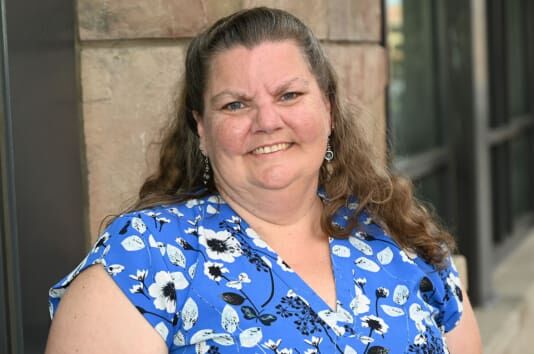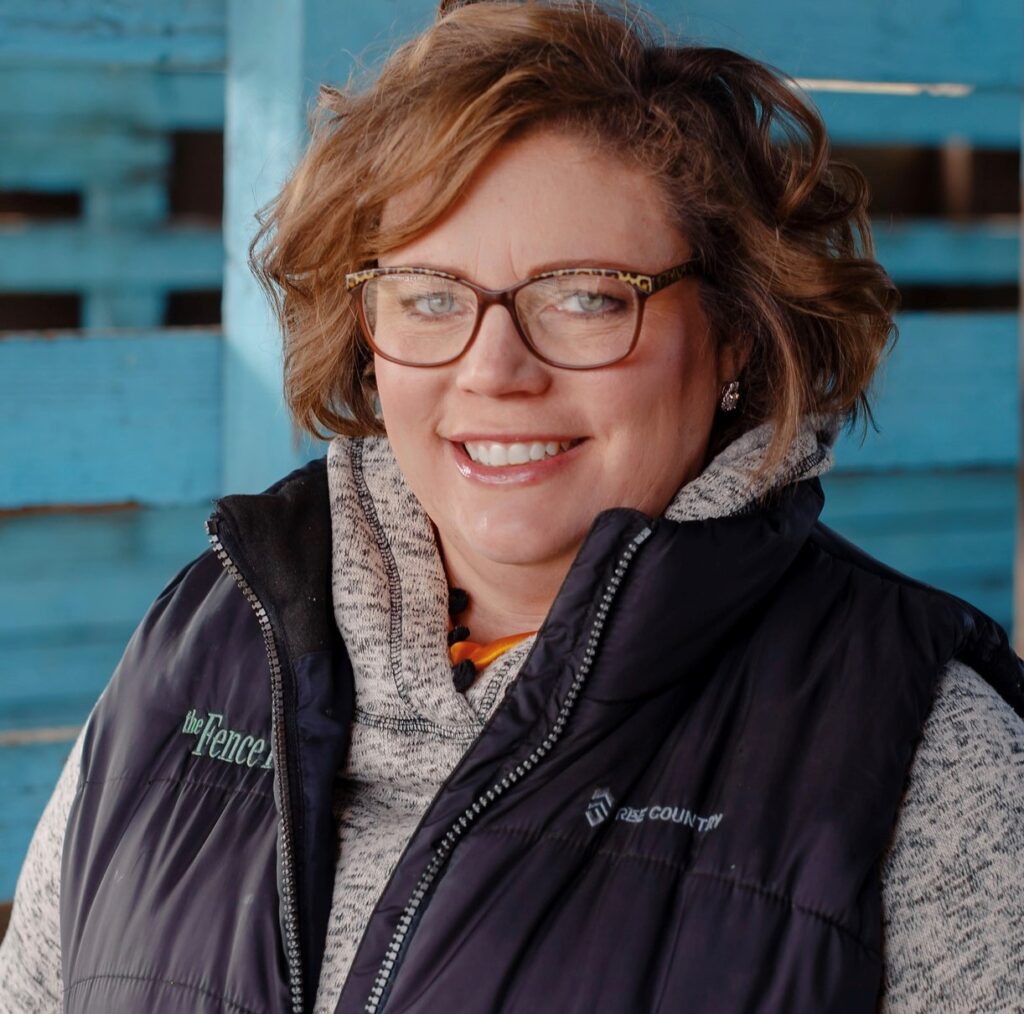From chronically absent to exploring the culinary world | PODIUM

By Mary Lou Clough
My youngest child, who loves cooking fried rice and making people laugh, struggled to find his place in middle school after the remote learning of the pandemic. We moved him to a new school but that didn’t work either; he wasn’t able to build close relationships with staff or other students, and he told me he felt like he didn’t belong. He also seemed to catch every illness going around, which led to missing many days of school throughout the year. When he fell behind, he saw no reason to do the work to catch up.
Even with a mother as a teacher, my three children have struggled with regular school attendance. My oldest daughter knew how to game the system to get by while my youngest daughter struggled with her well-being at school. My children’s stories reflect a system-wide issue in Colorado: More than a quarter of students missed at least 10% of the 2024-25 school year. Reasons range from a lack of transportation, a tenuous connection with teachers, not having engaging classes, a lack of support in completing missing assignments, and mental health issues. We must think innovatively to ensure students are in school so the learning experiences that await them open doors to their futures.
To begin, there should be clear, consistent school accountability standards for truancy across the state. Plus, the focus must be on academic support and student engagement. In the Teach Plus Colorado chronic absenteeism report I helped research and write, one parent reported: “My husband and I both work and can’t be around to get our senior up on time and make sure he gets to school. He needs to be accountable to someone in the school for attendance. But it seems like there’s no real enforcement mechanism. Bring back law and order!”

During my oldest daughter’s senior year, she had spotty school attendance. Because she knew which classes she needed to do well in in order to graduate and wasn’t worried about her GPA, she skipped all the other classes that lacked consequences. Throughout that time, I needed my daughter’s school to be my partner in holding her accountable for her actions. That didn’t happen, nor did she get the kind of support that would’ve made her feel more engaged in the learning process and stay in class.
We must also focus on students’ mental health support. There are good examples of schools that have developed wellness rooms and some that have incorporated social-emotional learning programs into the school day. More should follow suit so students like my middle child feel their well-being is a priority. She found her place in a smaller alternative high school; when she felt overwhelmed, she asked her teachers for a break and used the school’s wellness room to regulate her emotions. With the small teacher-to-student ratio, my daughter’s teachers were able to work with her one-on-one, helping her catch up on what she missed in class.
Another way to address chronic absenteeism is to provide more opportunities for students to pursue their interests and make connections related to what they want to do after graduation. Eventually, my son was accepted into the Career Start culinary program at Pikes Peak State College while attending a hybrid high school. Now he’s excited to get up in the morning for school because he gets to learn how to cook and eats all kinds of foods, which he loves.
To boost student attendance across Colorado, we all must work together to make creative solutions a reality. That reality means everything to our students’ future success. It took three different approaches to meet the needs of my own children: one needed more accountability, one needed mental health support, and the youngest needed to see a purpose. Every student is unique, like my children, and they deserve to have opportunities to meet their needs and live their full potential.
Mary Lou Clough is an English as a Second Language (ESL) resource teacher at Frontier Elementary in Colorado Springs. She is a Teach Plus Colorado Policy Fellowship alumna.












